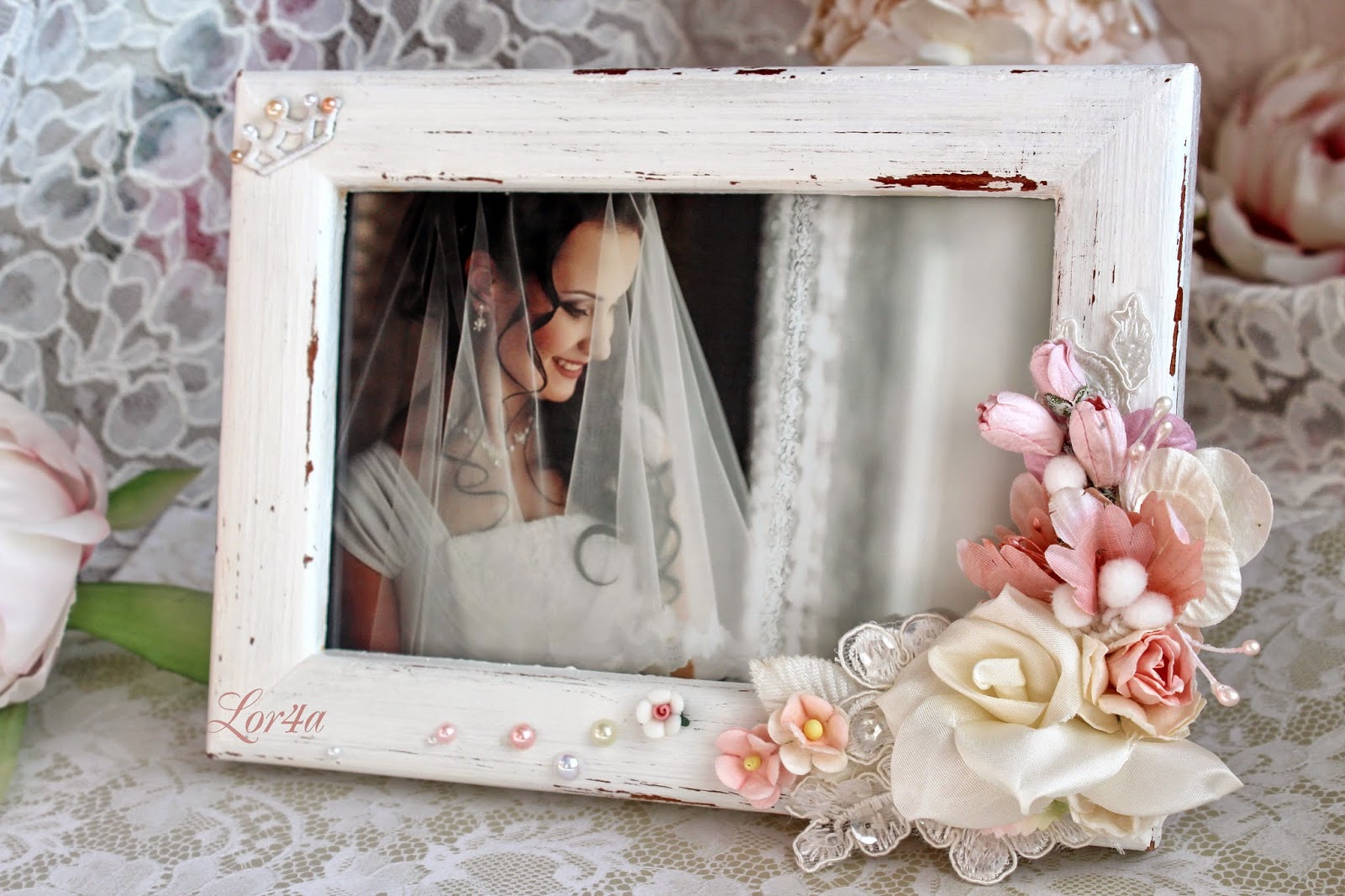Belarus wedding traditions are quite ancient. One of the oldest wedding traditions involves the concept of “order in priority.” What this meant was that the oldest daughter was married first, followed by the next oldest and so forth. If a younger sister married before her older sister it was considered a major embarrassment for everyone.
Belarus Wedding Traditions
 In years past, weddings in Belarus (which were arranged by the fathers) typically lasted 3 days – an evening and a half at the bride’s house and an evening and a half at the groom’s house. Even today there is the custom of the bride’s family giving gifts to the groom’s family just before the wedding.
In years past, weddings in Belarus (which were arranged by the fathers) typically lasted 3 days – an evening and a half at the bride’s house and an evening and a half at the groom’s house. Even today there is the custom of the bride’s family giving gifts to the groom’s family just before the wedding.
Today, to be official, all weddings in Belarus must take place at the Registry Office. For some couples this is enough, but for many couples in Belarus that is just a formality as the true marriage takes place in a church, surrounded by friends and family and much joyous celebration.
The importance of the wedding towel
In ancient times – although still important to some extent even today – one of the wedding traditions involved a towel. Towels have always been an important element of Belarus culture, with different regions producing towels of different colors and patterns.
In days gone by, a woman on her way to the alter would walk to the church with a towel tied around her hand, dragging it behind her on the ground. The path the towel made in the dirt was the path her unmarried friends would follow when they were married.
Additionally there was a padnozhnik towel that the bride and groom stood on during the wedding ceremony. The wedding towel marked the pathway the new couple would follow on their journey into a new life together.
Following the ceremony the bride would drag this towel around the alter, once again creating a path for her unmarried girlfriends to follow into matrimony.
Even today the ceremonial towel plays an important part in a Belarus wedding. Gifts are traditionally wrapped in a towel. More importantly, perhaps, is the symbolic tying of members of the groom’s family to members of the bride’s family using towels – symbolizing the uniting of the two families.
Wedding towels are treasured and are handed down through generations.
Marriage today in Belarus
Today’s bride in Belarus may choose to wear a white wedding dress (the color of joy) or she may choose to wear a more colorful dress. As a sign of her thriftiness, it is often customary for the bride to buy her own wedding shoes out of her own savings.
The wedding veil is still an important part of the bride’s outfit. In olden times it was meant to protect the bride from evil spirits, but today it is viewed as a more lighthearted tradition that the husband is not supposed to see his bride’s face before the wedding or bad luck will befall the marriage.
The bride is always surrounded by her bridesmaids. In olden days it was believed that the bridesmaids, who were dressed similarly to the bride, would confuse any evil spirits who would try to ruin the wedding by inhabiting the bride.
At the conclusion of a somewhat long and elaborate ceremony, the bride and groom seal their marriage with a kiss, the symbolic merging of their two souls into one.
The wedding kiss in Belarus is also important because it is the kiss, as much as the ceremony itself, which bind the couple together in the eyes of their friends and family.
Following the ceremony, the bride tosses her wedding veil toward all the unmarried women, and the woman who catches the veil will traditionally be the next one married.
After the ceremony the bride and groom and their guests depart for a home or, more commonly today, a restaurant where feasting and celebration takes place, with much music, song, dance, and toasting to the new couple.
An important part of the reception is the “wedding pie.” The wedding pie is a bread, symbolizing abundance, luck and a rich and prosperous life.
Belarus is a proud country, rich in tradition, and couples marrying in Belarus today have the option of a streamlined and modern wedding, or of a more elaborate and traditional wedding. Today, unlike in days past when marriages were arranged, the choice belongs to the happy couple.